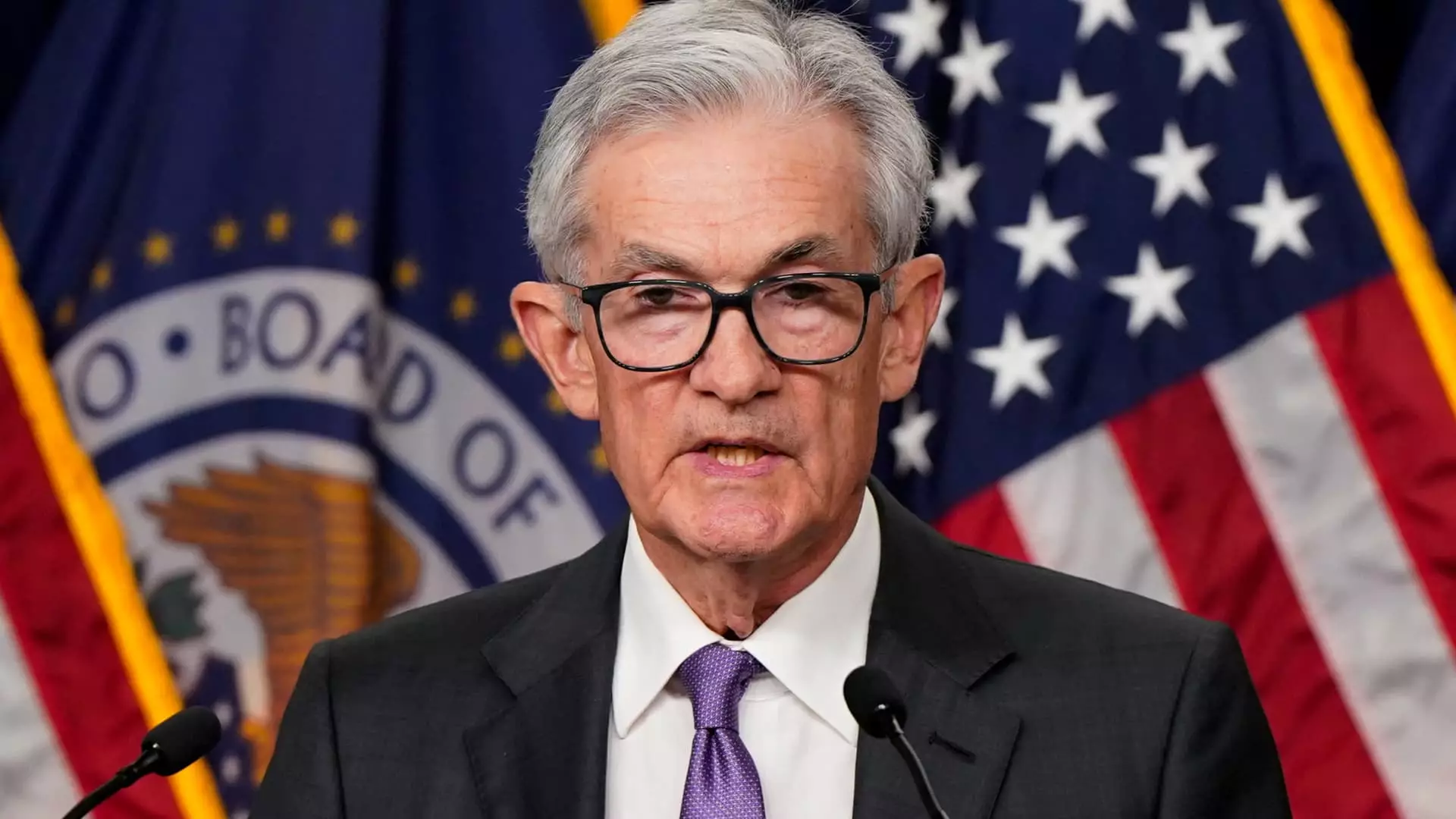In a significant move signaling its response to changing economic conditions, the Federal Reserve announced its first interest rate cut since the early stages of the COVID-19 pandemic. On Wednesday, the central bank’s Federal Open Market Committee (FOMC) opted to decrease its key overnight borrowing rate by half a percentage point, adjusting it to a range of 4.75% to 5%. This decision comes at a time when signs of slowdown are apparent in both the labor market and inflation rates. It is the first time since the financial crisis of 2008 that the FOMC has cut interest rates by such a magnitude outside of pandemic-related emergency measures.
The decision is noteworthy not only for the size of the cut but also for what it implies about the FOMC’s view on economic stability. With the central bank’s previous trajectory oriented toward combating inflation, the recent pivot to easing suggests a balancing act between fostering employment and maintaining price stability.
The immediate aftermath of the interest rate cut led to fluctuations in the stock market, where the Dow Jones Industrial Average initially surged by 375 points before settling down later. This volatility reflects broader investor sentiment concerning the economic implications of the Fed’s decision. While stock prices momentarily rose with optimism regarding cheaper borrowing costs, investors were quick to consider the underlying economic landscape that necessitated such a move.
Interest rates set by the Federal Reserve directly influence various consumer products, including mortgages, car loans, and credit cards. A reduction in these rates typically encourages consumer spending, which could help stimulate economic growth. However, the committee members also indicated through their updated economic projections that further cuts are on the horizon, potentially suggesting a more profound concern over the state of the economy.
The FOMC expressed increased confidence that inflation is trending towards their 2% target amid concerns over employment rates. While inflation has shown signs of retreating from its peak levels, the committee’s assessment pointed to a slight downgrade in inflation projections, with expectations for inflation now set at 2.3% down from previous estimates. Conversely, anticipated increases in unemployment rates have prompted the committee to forecast that jobless levels may rise to 4.4% by the end of the year. Despite these adjustments, unemployment still remains within what many economists consider a healthy range.
Federal Reserve Chair Jerome Powell emphasized at a post-meeting news conference that the committee aims to restore price stability while avoiding the painful consequences of rising unemployment that have accompanied past inflationary cycles. This focus on striking a balance places the committee in a precarious position, as they navigate between pressing inflation concerns and the fragility of the employment landscape.
Economists and market analysts have provided mixed interpretations of the Fed’s latest actions and intentions. Some argue that while the half-point cut signals a response to economic pressures, it should not be misconstrued as the start of a series of similar reductions. For instance, Tom Porcelli, chief U.S. economist at PGIM Fixed Income, pointed out that the market may have prematurely anticipated further large cuts, suggesting that the Fed wants to avoid committing in advance to any specific rate trajectory.
The diverse perspectives within the FOMC were evident, especially following the notable dissent from Governor Michelle Bowman, who favored a more conservative quarter-point cut. Such discord within the committee highlights the ongoing debate over the best course of action in an ever-evolving economic landscape.
As the U.S. Federal Reserve influences global economic frameworks, their decision to cut rates is likely to resonate with other central banks worldwide. Many have already begun cutting rates in response to similar economic pressures caused by the pandemic’s effect on supply and demand. This interconnectedness of economies underscores the significant role the Fed plays as the global financial environment’s focal point.
Nonetheless, the Fed’s decision to implement a rate cut also coincides with a slow reduction in its bond portfolio, a process known as “quantitative tightening.” By allowing maturing securities to roll off its balance sheet, the central bank attempts to manage liquidity while maintaining market stability. This dual approach reflects the Fed’s commitment to both combating inflation and supporting economic recovery amid uncertainty.
The Federal Reserve’s recent interest rate cut exemplifies the complex balancing act policymakers must navigate in the current economic climate. By prioritizing inflation control while remaining alert to labor market challenges, the central bank is attempting to stabilize an economy still feeling the aftershocks of a global pandemic. Investors and market participants must now closely monitor further signals and indicators from the Fed as they work to gauge the trajectory of monetary policy and its implications for broader economic conditions. The road forward remains unpredictable, but the Fed’s recent actions will undoubtedly shape the national and global economic landscape for years to come.

